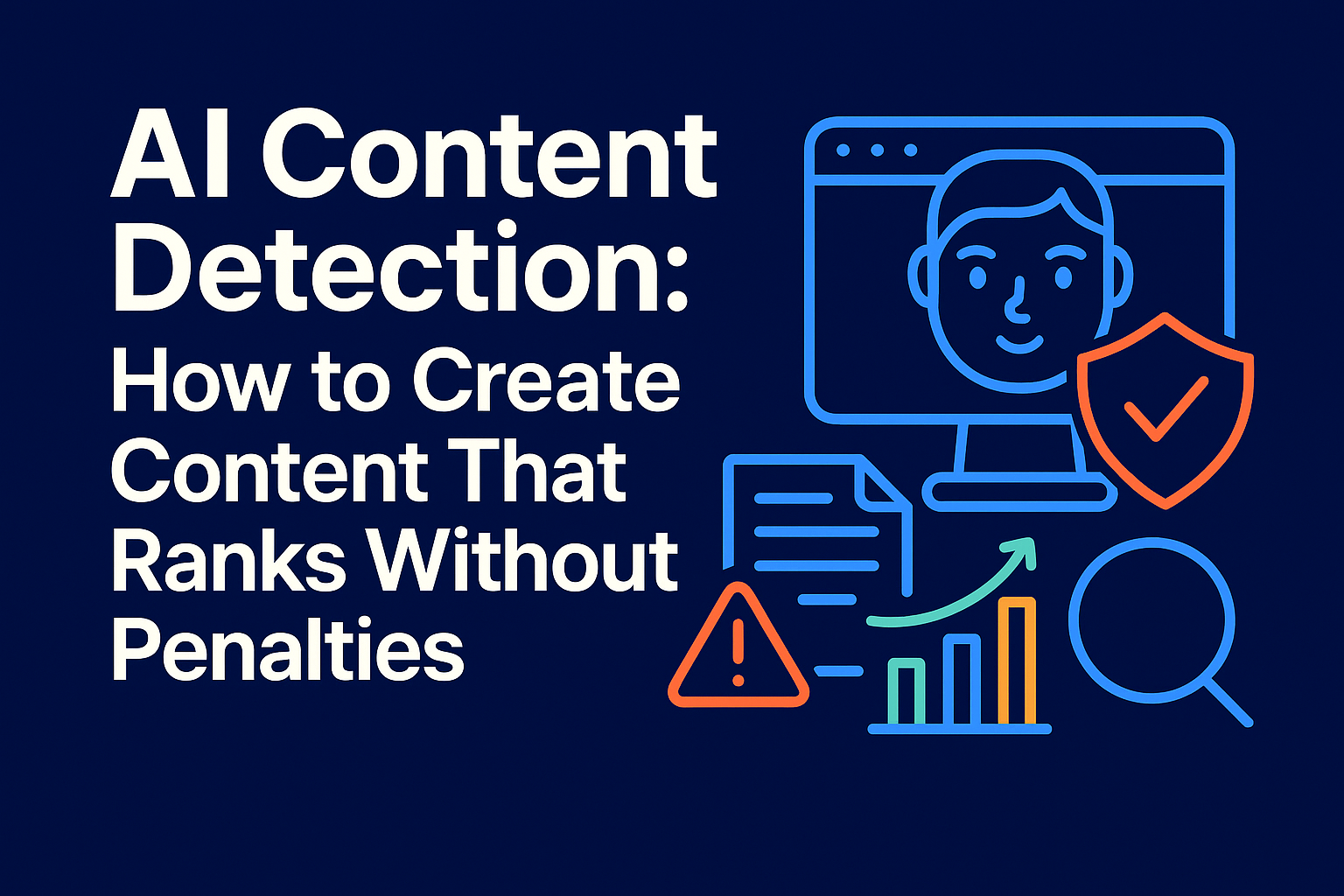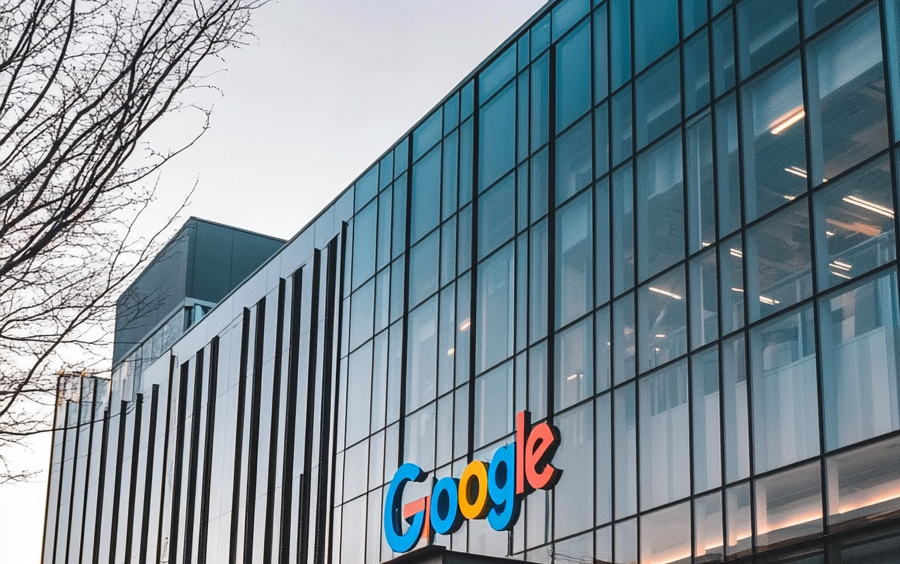Table of Contents
ToggleAI-generated search summaries, or AI Overviews, are transforming how users access information online. By providing concise, synthesized answers at the top of search results, they reduce the need to click through multiple links. This shift enhances user experience but poses challenges for content creators and publishers, as it may lead to decreased website traffic and altered engagement metrics. To adapt, content creators are encouraged to optimize their content for AI visibility by ensuring it is authoritative, well-structured, and semantically rich.
Think about how you searched for information ten years ago. You probably typed a query into Google, skimmed through ten blue links, opened a few tabs, and manually pieced together an answer. Today? You’re just as likely to get an answer instantly, summarized at the top of your results page. These are AI-generated search summaries. That change didn’t happen overnight. It’s the result of a quiet revolution powered by artificial intelligence.
AI-generated search summaries—also known as AI Overviews—are now changing how we discover and consume information online. From Google’s Search Generative Experience (SGE) to tools like Bing Chat and Perplexity AI, these summaries are not just helping users find answers faster; they’re fundamentally shifting the structure of the internet itself.
In this post, I’ll unpack how search has evolved, how these AI summaries actually work, and what they mean for both users and content creators alike.
The Evolution of Search Technology
Search has come a long way from keyword matching and backlinks. In the early days, it was about crawling the web and ranking pages based on signals like PageRank. But over time, semantic understanding became more important. Then came RankBrain in 2015, followed by BERT in 2019—paving the way for true AI-enhanced search.
Now, with large language models (LLMs) in play, search is moving from results to answers. As Prabhakar Raghavan, Google’s SVP of Search, put it: “We’re reimagining what it means to search by applying generative AI to organize information in more helpful ways.” (source)
Google’s rollout of Search Generative Experience in 2023 marked a tipping point. These AI summaries—situated above organic results—pull together insights from across the web into a cohesive answer, often with citations and follow-up prompts. Bing soon followed suit with its own AI-powered chat interface, and new entrants like Perplexity AI have built their platforms entirely around this concept.
How AI-Generated Summaries Work?
So what’s under the hood? These summaries rely on massive LLMs like GPT-4, PaLM 2, and Claude to synthesize data across millions of sources. When you type a query, the model doesn’t just retrieve results; it reads, understands, and generates a custom response.
Think of it as a real-time research assistant. It parses content, evaluates relevance, checks multiple perspectives, and constructs a narrative that’s readable and actionable. The magic lies in retrieval-augmented generation (RAG)—a method where LLMs first retrieve top documents before generating a response.
Different platforms take slightly different approaches. Google’s SGE emphasizes citations and transparency, Bing integrates multimedia, and Perplexity focuses on conversational refinement. According to Sebastian Ruder, a leading AI researcher, “These models go beyond regurgitation. They engage in abstraction—summarizing not just words, but ideas.” (source)
For a technical deep dive, I recommend this OpenAI blog post on how retrieval plugins enhance language models’ ability to source accurate information.
How AI Transforming User Experience in Search Engines
Let’s talk about UX. The biggest shift? Users no longer need to click. A 2024 study by SparkToro revealed that 58% of U.S. searchers on Google don’t click any results—thanks largely to AI Overviews.
Instead of bouncing between ten tabs, users now get curated, instant answers. This “position zero” experience is changing expectations. As UX researcher Aarron Walter notes, “When users get everything they need in one glance, traditional metrics like CTR and dwell time become less relevant.”
The payoff? Speed. A study by Nielsen Norman Group found that AI summaries reduced time-to-answer by up to 40% compared to traditional search.
Impact Of AI-Generated Search Summaries On Content Creators and Publishers
Of course, this transformation has ripple effects. For content creators, AI summaries are a double-edged sword. On one hand, they can amplify high-quality sources by citing them directly. On the other hand? They can siphon off traffic that used to drive ad revenue and subscriptions.
Publishers are adapting. Some are updating SEO strategies to optimize for inclusion in AI summaries—focusing on clarity, schema markup, and E-E-A-T signals. Others are exploring partnerships or licensing deals with AI platforms.
As Marie Haynes, a prominent SEO expert, puts it: “The future of SEO isn’t just ranking—it’s being referenced.”
A recent report by Search Engine Journal estimated a 25% decline in organic traffic for informational queries since the rollout of generative search features. That’s huge—and it’s forcing publishers to think differently about content ROI.
Concerns and Limitations of AI-Generated Search Summaries
As with any powerful tool, AI search summaries come with risks. Chief among them? Accuracy. LLMs are notorious for hallucinations—confidently stating incorrect facts. When a summary leads users astray, the damage can be hard to undo.
There’s also the issue of attribution. Some summaries cite their sources; others don’t. This raises ethical questions about fair use and intellectual property—especially for smaller content creators who rely on traffic.
And then there’s the filter bubble. As Eli Pariser warned over a decade ago, algorithmic curation can isolate users from diverse viewpoints. When AI models reinforce existing beliefs, misinformation becomes harder to spot.
“We must design these systems not just for accuracy, but for accountability,” says Dr. Timnit Gebru, co-founder of the DAIR Institute. (source)
The Atlantic recently published a compelling piece about flawed AI summaries that misquoted sources and offered outdated advice. It’s a must-read for anyone tracking this space.
Conclusion: What Comes Next?
AI-generated search summaries are here to stay. They’re faster, smarter, and increasingly central to how we find information online. But they’re not perfect.
The key takeaway? As users, we need to stay vigilant—cross-checking, questioning, and thinking critically. As content creators, we must adapt—focusing on quality, context, and contribution over clickbait.
Over time, search will become less about links and more about insights. If we build it thoughtfully, this new era could make knowledge more accessible than ever.
Callout: 5 Tips for Navigating AI Search Summaries
- Always click through at least one source cited in the summary.
- Use multiple platforms (Google, Bing, Perplexity) to compare responses.
- Be wary of overly confident statements without citations.
- Check dates—some summaries pull outdated data.
- Use tools like Google Scholar or trusted publications for deeper research.
Want to make sure your content stands out in the age of AI search? At SWS Marketing, we specialize in helping brands optimize for inclusion in AI-generated search summaries.
Whether it’s fine-tuning your on-page content, improving semantic structure, or aligning with the latest LLM trends—we help you get ranked where it matters most!

SWS Marketing is a white label digital marketing company which provide services to both agencies, and clients around the world. Our small team of SEO, PPC and social media experts deliver high-impact digital marketing solutions that help businesses grow their online presence. Agencies and Clients benefit from increased brand awareness, traffic, visibility and leads, created by our data-driven approach to search engine optimization(SEO), PPC, social media marketing, content marketing, digital PR, guest posting and more!







